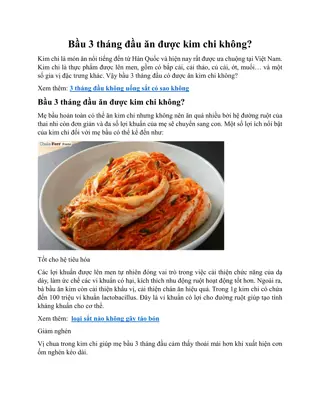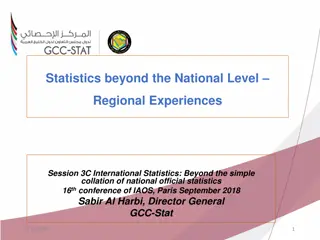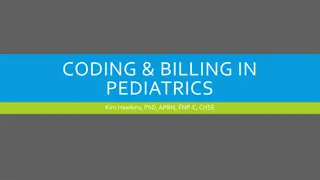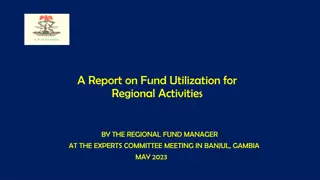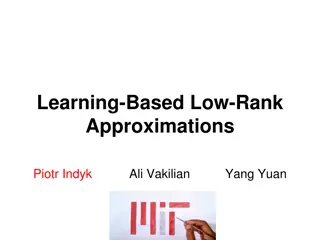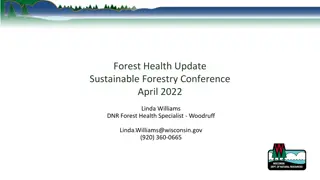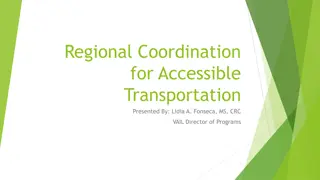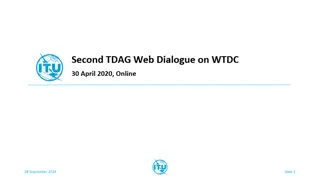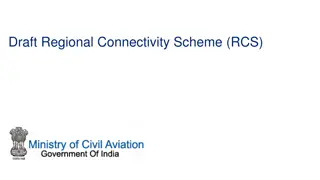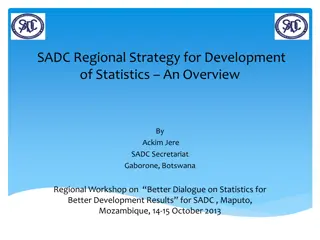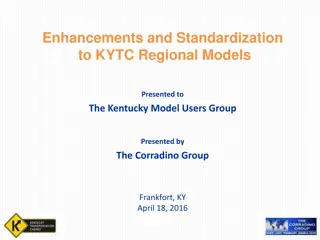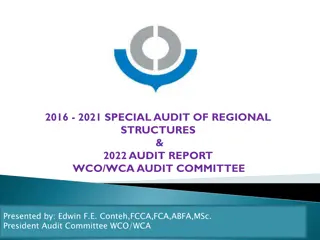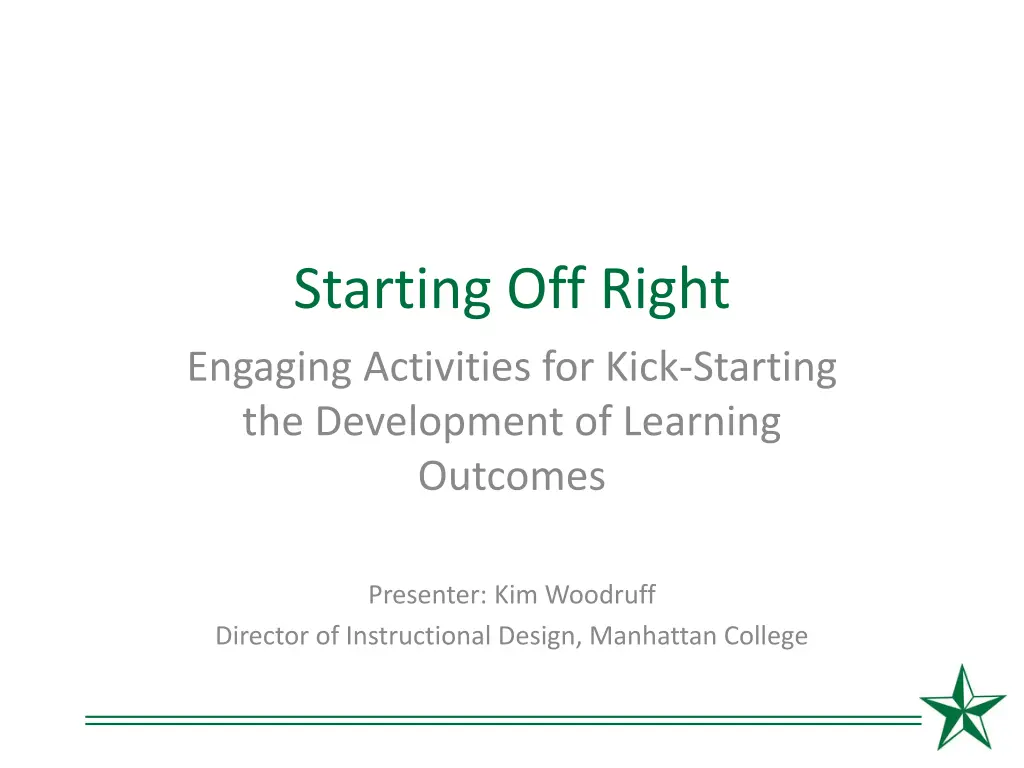
Engaging Activities for Developing Learning Outcomes in Course Design
Explore engaging activities presented by Kim Woodruff, focusing on kick-starting learning outcome development in course design. Discover strategies using Bloom's Taxonomy and alignment techniques to enhance course effectiveness.
Download Presentation

Please find below an Image/Link to download the presentation.
The content on the website is provided AS IS for your information and personal use only. It may not be sold, licensed, or shared on other websites without obtaining consent from the author. If you encounter any issues during the download, it is possible that the publisher has removed the file from their server.
You are allowed to download the files provided on this website for personal or commercial use, subject to the condition that they are used lawfully. All files are the property of their respective owners.
The content on the website is provided AS IS for your information and personal use only. It may not be sold, licensed, or shared on other websites without obtaining consent from the author.
E N D
Presentation Transcript
Starting Off Right Engaging Activities for Kick-Starting the Development of Learning Outcomes Presenter: Kim Woodruff Director of Instructional Design, Manhattan College
Learning Objectives Discuss the writing of effective learning outcomes as a critical and rewarding step in the course design process Use Bloom's Taxonomy and accompanying activities as tools for developing course learning outcomes and for facilitating this process with others Explore strategies for maintaining alignment between learning outcomes, course activities, instructional materials and assessments and for facilitating alignment with others
Background The activities described in this presentation were developed as part of the first workshop in a series of four workshops required for online and hybrid course designers Prior to this first workshop, course designers are asked to identify the general course goals (usually already in existence) and identify topic names for the 7 weeklong modules The course development model used is a backward design approach The first workshop focuses on the writing or learning outcomes and identifying assessment strategies Courses are generally 7 weeks long and learning outcomes are written for each weeklong module
Step 1: The Warm-up Activity: Course Content Considerations
Step 1: The Warm-up Why it works Course designers get to think, write and talk about the curriculum and assessment for their course in a non-threatening and familiar way It helps course designers to think about the course in terms of takeaways rather than just content It sets the stage for writing learning outcomes It helps the instructional designers learn more about each course and what is important to the course designers
Step 2: Getting to Know Blooms Activity: Verb Sort
Step 2: Getting to Know Blooms Why it works Course designers get to interact with the levels of Bloom s Taxonomy in a meaningful way Course designers gain an appreciation of the importance of nuance in selecting verbs for learning outcomes; that verbs can be understood differently within different contexts and choosing the best possible verb will help clarify the meaning of their learning outcomes
Step 3: Blooms as a Tool Activity: Verb Wish-List
Step 3: Blooms as a Tool Why it works Course designers become familiar with a useful tool for writing learning outcomes Course designers are given a head-start for the actual writing of learning outcomes Course designers think carefully about what they want their students to do as part of the course Course designers see a visual representation of how their course fits within Bloom s taxonomy and have an opportunity to reflect on this before proceeding with the writing of the specific learning outcomes
Step 4: Drafting Outcomes Activity: Whole Group Practice
Step 4: Drafting Outcomes Activity: Writing Week 1 Outcomes
Step 4: Drafting Outcomes Why it works Course designers see how outcomes relate to something that they have experienced Course designers have an opportunity to practice before working on their own Instructional designers can intervene if any course designers are on the wrong track
Step 5: Identify Assessments Activity: Assessment Wish-List
Step 5: Identify Assessments Activity: Matching Assessments and Outcomes
The second workshop focuses on strategies for delivering content and strategies for providing opportunities for students to engage with content and practice skills
Step 5: Identify Assessments Why it works Course designers see first hand how the backward design process works Assessments are identified early-on in the process and are not something to be dreaded Alignment issues between outcomes and assessments are avoided

